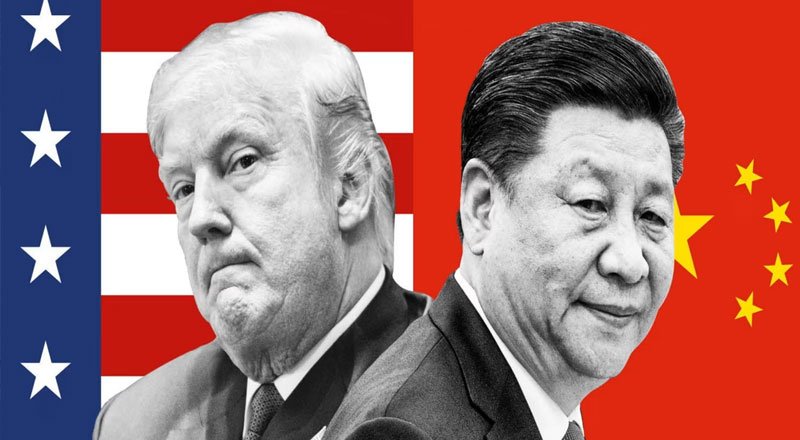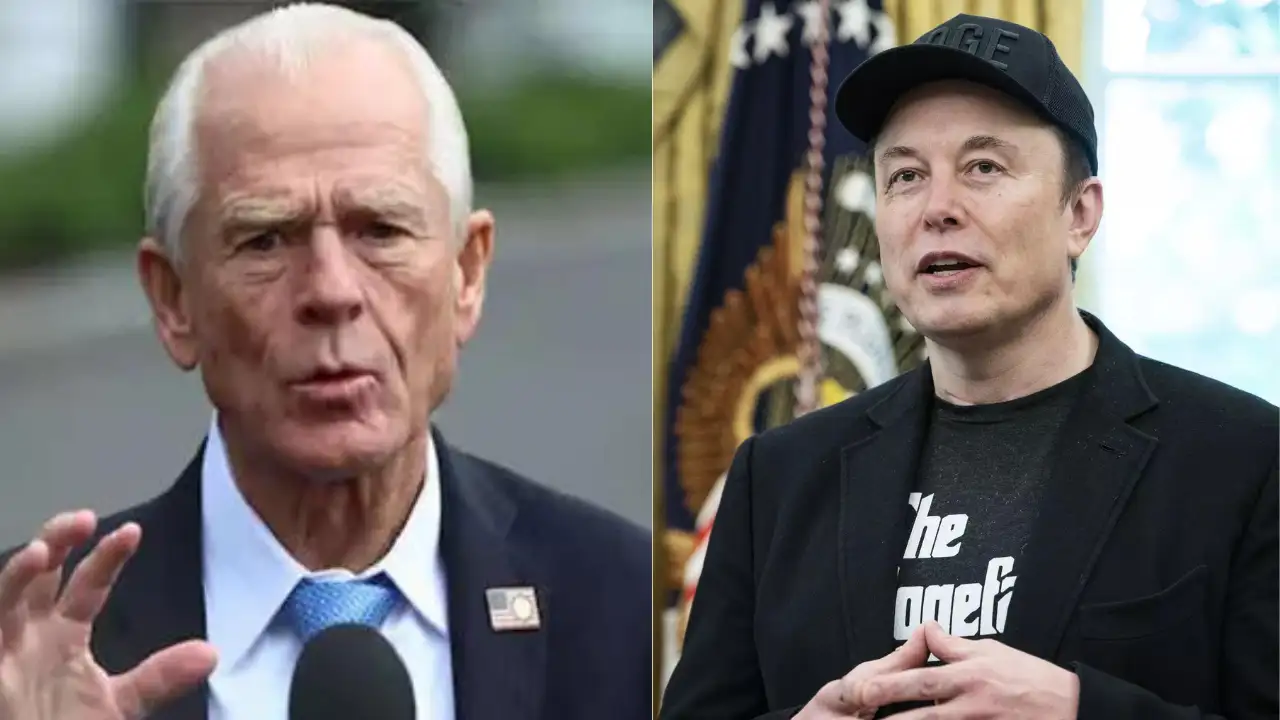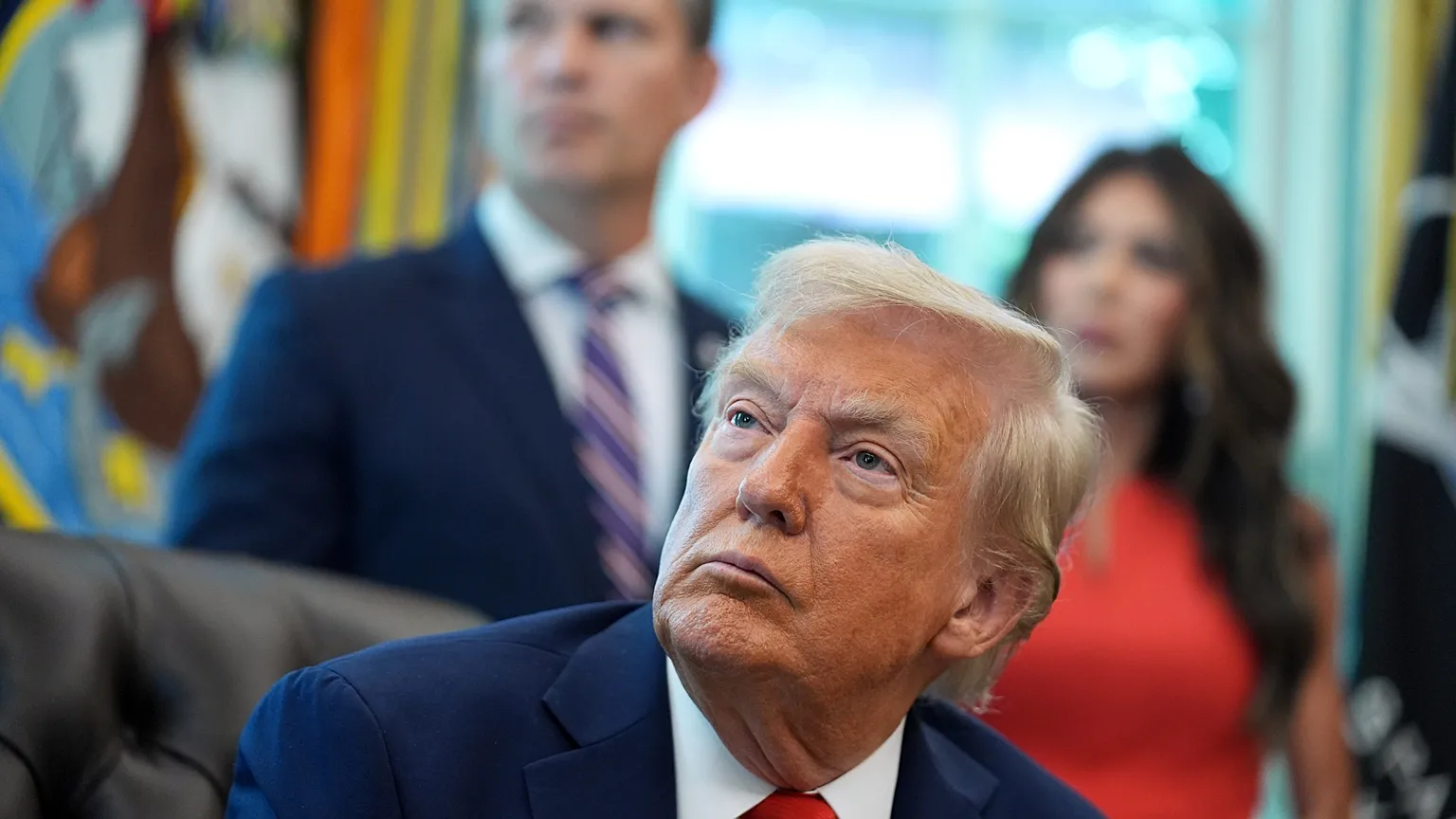
China Hits Back with 84% Tariffs as Global Trade Tensions Escalate
China has announced retaliatory tariffs of 84% on U.S. imports, matching the aggressive trade measures imposed by President Trump earlier the same day. This intensifies the ongoing trade dispute between the world’s top two economies, already strained by a series of tit-for-tat levies.
Trump’s latest “reciprocal” tariffs significantly raised the burden on Chinese goods, now taxed at a combined 104%, up from the previously imposed 20%. In response, China’s State Council Tariff Commission condemned the U.S. move, calling it a violation of international trade norms and harmful to global cooperation.
Meanwhile, the European Union joined the fray, announcing its own retaliatory tariffs on U.S. steel and aluminum imports, set to begin next Tuesday. The European Commission emphasized a willingness to suspend the measures if a fair agreement can be reached.
Alongside the new tariffs, China imposed export controls on 12 American firms, restricting dual-use items with civilian and military applications. Additionally, six more U.S. companies were added to China’s “unreliable entity list,” and a formal complaint was lodged with the World Trade Organization.
Despite the mounting tension, U.S. Treasury Secretary Scott Bessent downplayed China’s actions, calling the country a major offender in the global trade system and insisting the imbalance favors the U.S.
China’s Ministry of Commerce reaffirmed its stance, expressing a willingness to negotiate but not at the expense of sovereignty. A white paper published by Beijing accused Washington of unilateralism and protectionism, while warning of continued retaliation if provoked.
As global markets react to the standoff, Beijing braces for a potential hit to its crucial export sector. Trade between China and the U.S. was valued at approximately $500 billion last year, underlining the high stakes involved in this escalating economic conflict.





